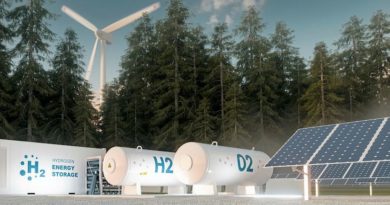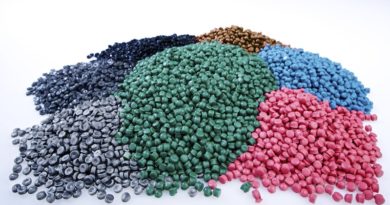
Improving responsible sourcing to ensure stable supply chains for strategic raw materials, while preserving competitiveness and employment in Europe
The European Union’s Critical Raw Materials Act (CRMA) represents a significant step forward towards securing a sustainable and resilient supply of critical raw materials essential for the EU’s industrial and technological sectors. The use of these materials in everything from solar panels, batteries, fuel cells and wind turbines to computer chips, electronic devices, robotics and data transmission networks makes them crucial to the ecological and digital transition, which in turn will determine our future on this planet. In my role as negotiator on behalf of the EPP group, I am proud of the result we delivered. The broad political majority carrying the trilogue agreement through the Parliament and the Council is proof of that. Democratic parties, NGOs and industry were aligned to meet one of the greatest strategic challenges of the twin transition: How to ensure access to the minerals and metals in need.
The CRMA is designed to address the challenges of sourcing, processing and recycling these strategic raw materials that the whole world is trying to ensure access to:
In its 2023 critical mineral market review, the International Energy Agency[1] concludes that in the net zero emissions by 2050 scenario, the demand for critical minerals grows by three-and-a-half times to 2030. The EU’s Joint Research Centre foresight study[2] provides more details on specific material demands, in example an expected rise in the lithium demand for batteries in the EU to grow 12 times as large in 2030 compared to 2020, and 21 times as large in 2050.
In the light of the huge challenges ahead of us, we will have to ensure that efficiency and circularity will realise their full potential to mitigate the dramatic rise in demands. However, recycling will not be providing sufficient material in the short- to mid-term to supply emerging applications that are needed for the twin transition. Even in the long-term, the supply of primary materials will remain crucial. Therefore, responsible mining needs to be promoted, also in Europe, while we will continue to rely largely on imports but according to the goals set by the CRMA from more diversified and more reliable partners than now.
Ignoring domestic capacities and sources would nevertheless be a big mistake in the context of a challenging geopolitical landscape and fierce global competition.
But more importantly, it’s ultimately an issue of credibility: Given our centuries-old mining expertise and our technological innovation, we have to lead by example and set an end to “not in my backyard” arguments. A 10% benchmark for domestic mining is far away from ploughing up Europe for critical raw materials. As regards projects in protected areas, I am pleased to see that the debate has shifted towards an approach that recognizes the immobility of mineral deposits and the need to define what we consider responsible mining instead of simply banning it – and continue to import it from countries with lower standards, both environmentally and socially.
I have always been of the opinion that responsible mining should diligently balance both the EU’s increased need for responsibly sourced materials and the need to protect nature and biodiversity.
Responsible domestic sourcing is hence an opportunity for the exploration and extraction in Europe – for benchmarks in social acceptance and in technical excellence. Tailor-made technologies and innovation help to minimise the environmental impact, concepts for a social license to operate, including meaningful consultation of affected indigenous people, help to build transparency, trust and ultimately social acceptance. Access to critical raw materials is a core pillar of European industrial competitiveness, which itself has far too long only lurked in the shadow of climate ambitions.
The so-called green deal needs to be a deal that embraces and strengthens European industrial competitiveness at a global scale.
The CRMA and the Net-Zero-Industry-Act are both important pieces of the puzzle. The one delivers on the materials, the other on the technologies.
However, lots will depend on the Member States, especially with regard to permitting and financing. While funding seems to be our Achilles’ heel, especially in times of historic public spending towards reducing carbon spending in the US, I strongly believe that significantly shortening the permitting procedures and improving project management along with technical and human resources at the national permitting authorities will be a decisive factor. An average of 15 years for a mining permitting process in Europe is simple not acceptable. In the (preliminary) absence of sufficient EU funding, we need to make better use of existing instruments, overcome the risk-aversion of EU financial institutions in the field of mining and, as soon as possible, install a European funding instrument targeted at secure and environmentally sound critical raw materials value chains.
Now it is on us to make the CRMA work: delegated acts need to be drafted and the Board has to be created in order to define application deadlines and start screening projects. I therefore urge the Commission and the Member States to move on quickly and encourage companies, financial institutions and investors to embrace the possibilities of the CRMA in Europe. We have a plan, but it will only come to life if we now work hand in hand for implementation, just as we did during the parliamentary process.
[1] https://www.iea.org/reports/critical-minerals-market-review-2023/implications
[2] https://op.europa.eu/en/publication-detail/-/publication/9e17a3c2-c48f-11ed-a05c-01aa75ed71a1/language-en




